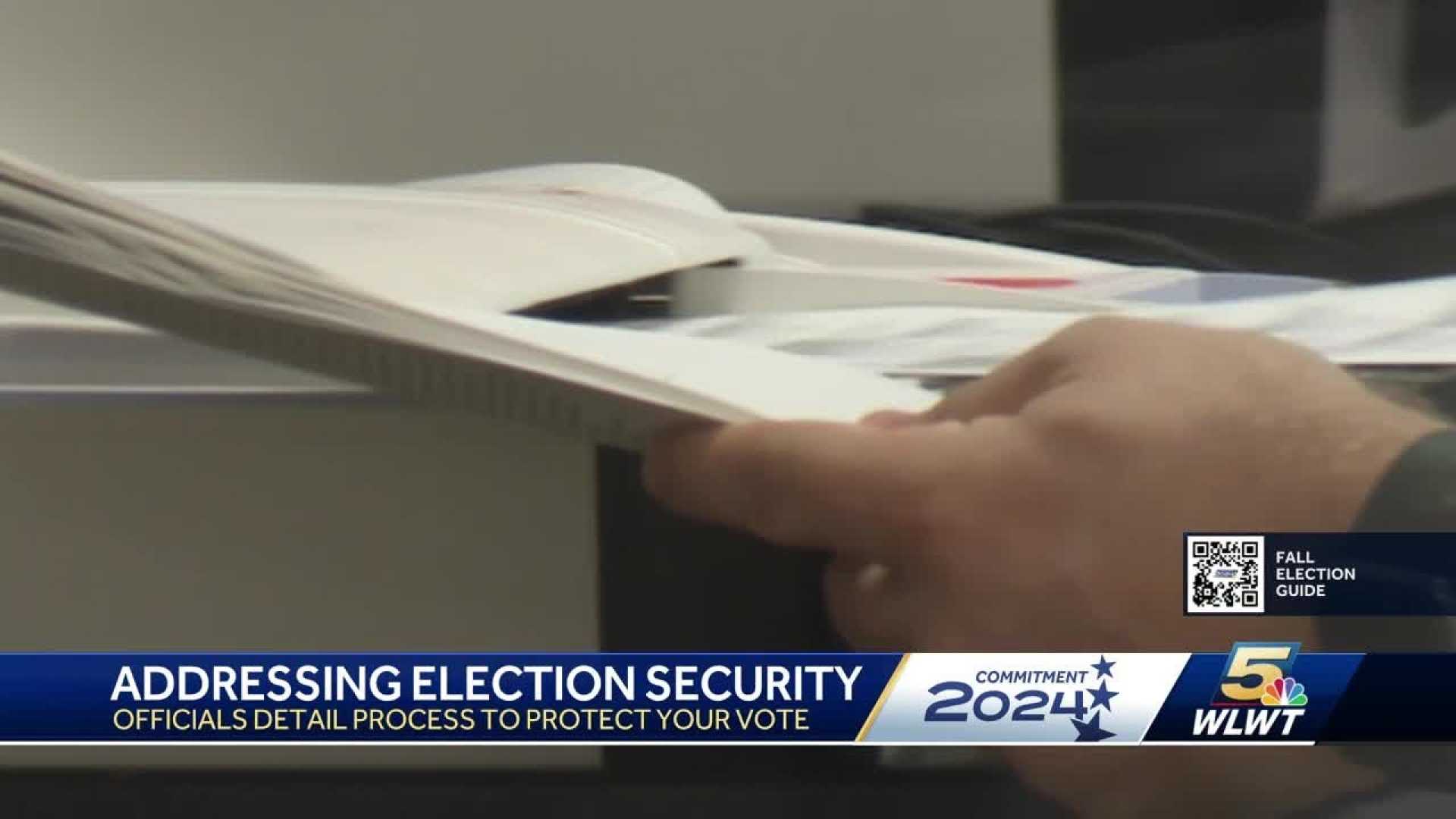Politics
Ohio Officials Discuss Changes to Election Amendment Process Amid Low Turnout

Columbus, Ohio — Secretary of State Frank LaRose was in full election mode on Tuesday, wearing custom-made ‘I Voted’ sticker socks under his khakis and equipped with a walkie-talkie to communicate with 88 county boards of elections. This May election featured only one statewide race, prompting LaRose to contemplate future cycles.
During this election, LaRose and GOP Attorney General Dave Yost faced citizen-led initiatives aimed at altering the ballot process. Current issues included a referendum on Senate Bill 1, which prohibits faculty strikes at universities, and several proposed constitutional amendments, including one targeting qualified immunity and another seeking to eliminate real property taxes. The latter awaits certification, with a deadline set for Friday.
LaRose expressed concerns about citizen-led amendments, noting, “I don’t think that governing by constitutional amendment is a wise idea. I think constitutional amendments should be rare.” In 2023, Ohio GOP leaders attempted to increase the constitutional amendment passage threshold from a simple majority to 60% but failed.
House Speaker Matt Huffman stated he is unsure if raising the threshold is feasible currently, despite support from some GOP members. “There may be good government folks who want it raised to 60%,” he remarked.
Advocates for direct democracy, including League of Women Voters Executive Director Jen Miller, argue that citizen-led constitutional amendments date back to 1912 in Ohio. Miller noted that lawmakers often attempt to reduce public influence over the amendment process.
LaRose and Yost are also advocating for reforms in the petition process. Yost had previously rejected qualified immunity petitions multiple times before the U.S. Supreme Court took the case and declined to intervene in certification. He indicated a need for legislative changes to protect Ohio’s election integrity regarding the amendment process.
Yost expressed concern over the wording of amendment titles, which can mislead voters. However, LaRose clarified that the Ohio Ballot Board, which he leads, ultimately determines the language presented to voters, a role that has drawn scrutiny from advocates.












